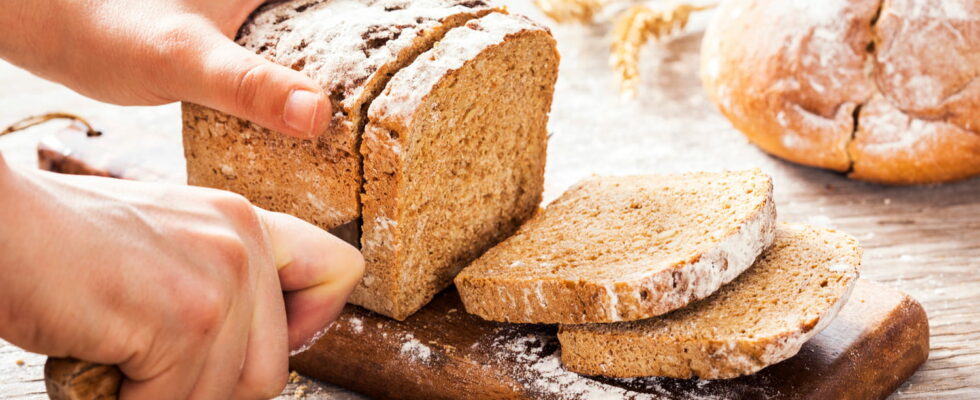It’s not easy to do without a piece of bread when you love it. It is true that in France, this food is an essential part of meals and small appetites. The problem is that bread (especially white bread) has a high glycemic index (around 70), which means it helps raise blood glucose levels quickly. Glucose is useful for the body, it helps provide energy to our body. But present in too large quantities, it causes hyperglycemia. Occasionally, this hyperglycemia causes bouts of fatigue and cravings (the famous urge to snack at 11 a.m. or 4 p.m.). Ultimately, it makes you gain weight and increases the risk of diabetes, cardiovascular disease and cancer.
If you want to snack in the afternoon, it is still better to opt for a small piece of bread rather than industrial cakes or sweets. However, you should avoid choosing a slice of white sandwich bread. This is an ultra-processed industrial bread containing added sugars which raise blood sugar levels. Also be wary of wholemeal sandwich bread. Contrary to what you might think, wholemeal bread is a false friend when you are monitoring your blood sugar levels. Despite a slightly higher fiber content, it remains an ultra-processed product which may contain added sugar and which has a glycemic index only slightly lower than white sandwich bread. Nathalie Majcher, author of the book “1 month to free yourself from sugar”, advises us to “rather opt for “real” bread from the baker, wholemeal or with cereals, and as much as possible with sourdough, which has a better glycemic index compared to breads, white or not, cooked from industrial yeast”. The famous baguette is certainly a more interesting option than sandwich bread, but its glycemic index remains very high due to the use of white flour. There is also another good tip to know for eating bread without increasing your blood sugar.
According to Nathalie Majcher, you should actually add something to your toast rather than eating it plain. Please note, she is not talking here about putting a layer of jam or spread. No, the dietitian-nutritionist advises, for example, adding a little butter or, better still, cheese. A side dish source of protein “or good fats”, helps reduce the glycemic index of the snack. For example, you can spread a little St-Moret type fresh cheese. You will see, after tasting this slice of fresh cheese, the desire to snack will have disappeared and you will be entertained for longer.
Thanks to Nathalie Majcher, dietitian-nutritionist and author of the book “1 month to free yourself from sugar” published by Hachette Pratique.
